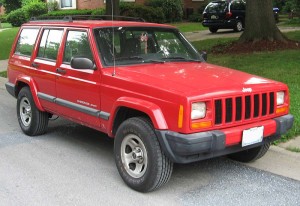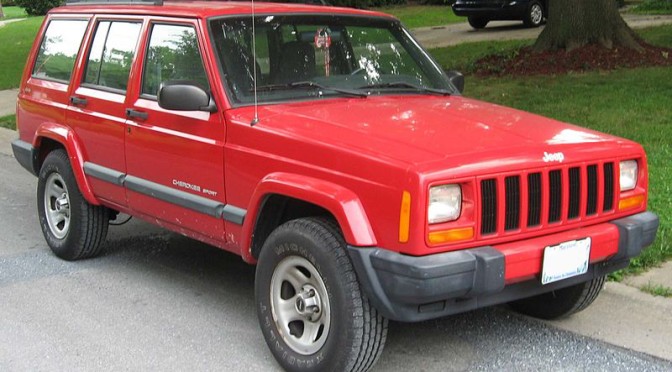
If you read this blog, you’ll know that I’m a fan of much of what the IIHS does, particularly with respect to their side impact tests, which I feel are more relevant to real life than the NHTSA’s side impact tests. However, there are a number of policies and practices they espouse that I either directly disagree with or find less than helpful. The institute recently came out with this list of, per their perspective, the best used vehicles for teen drivers. Here are my thoughts on it from a financial angle.
This is perhaps the section of the article that bothers me the most. The two lists provided by the IIHS are for vehicles under 20k and vehicles under 10k, yet at least 1/2 of vehicles chosen by parents are under 5.3k. The fact that the average price, 9.8k, is nearly twice that of the median, further indicates that very few parents actually spend 9.8k, but that a few parents are spending large amounts of money (e.g., those buying expensive new cars), which skews the average upward.
Averages can be deceiving when understanding human behavior
It’s sort of like the joke of how if 3 people in a restaurant have 10k each in net worth (e.g., Person A with a net worth of 5k, Person B with a net worth of 10k, and Person C with a net worth of 15k….this would result in both a median and mean, or average, of 10k) and a billionaire walks in, the “average” net worth in the restaurant jumps to 250 million dollars. However, that doesn’t make any of the other 3 people any richer, and the median remains at a far more reflective value of 12.5k (10k + 15k = 25k / 2 = 12.5k), rather than 250 million. A newspaper, television, or other dishonest source of information, however, would tell you that the folks at the restaurant were very well off. But it wouldn’t be true at all.
In other words, averages often have nothing to do with reality. Look for medians to find out what things actually look like on the ground and in the trenches.
With that said, it’s not very helpful to provide a list of expensive vehicles (from the perspective of the parents who actually buy the vehicles) with the knowledge that most parents aren’t going to spend anywhere near the values on the list. To the IIHS’ credit, they do acknowledge that only 3 vehicles on their list cost less than the median value. However, with a list of 95 vehicles, at least 47 should have been priced less than the median value for the list to be relevant to parents. Instead, 3 vehicles fall on the weaker side of the median (the ’06 Sedona, ’05 9-3, and ’06 Passat). That’s just not helpful.
Who are the most dangerous drivers? Not all teenagers are the same
At this point, you might state that the IIHS does encourage parents to spend more on vehicles for their teens. That is absolutely true. However, the problem isn’t that parents aren’t spending enough as much as that new vehicles cost far too much to begin with, which leads to used vehicles costing far more than they should. And statistically, while teenagers may be the most inexperienced drivers on the road (due to having the least amount of time behind the wheel), all teenagers don’t carry equal risks. When rates of involvement in fatal collisions are considered, which, to me, is as good a way as any of analyzing who the dangerous drivers are, the most dangerous drivers on the road in terms of age and gender groups are males between 16 and 29. “The risks teens take” would better be described as the risks males take, and implying that all teens need big vehicles to protect them from themselves is both patronizing and inaccurate. If anything, young male drivers should drive as little as possible until they turn 30, regardless of which vehicles they’re driving.
The IIHS knows this, as this information is available on their website here. I’ll have another post on that issue later (update: here!). But for now, I’ll end this post with noting that we don’t do parents (or teens) any favors by taking the time to research how much parents actually spend on vehicles for teenagers, and then providing a list of vehicles bearing no relation to the realities of parental budgets, and urging parents to spend more. Not in an economic climate where the cost of a full year of public school education (~25k) for one child is equivalent to half of the median household salary (~50k), and where healthcare eats up ever-larger portions of family finances. It doesn’t make sense.
I’ll also argue against the wisdom of encouraging the vehicular weight arms race by telling parents to buy their teenagers large SUVs and minivans at another time. But for now, my take home message is that promoting $20,000 and $10,000 vehicles for teens when most parents are spending well, well under these amounts does little to actually promote vehicular safety for teenagers.
—
If you find the information on car safety, recommended car seats, and car seat reviews on this car seat blog helpful, you can shop through this Amazon link for any purchases, car seat-related or not. Canadians can shop through this link for Canadian purchases.


